“To achieve major changes on the city level – just like changing local mobility systems and the mobility behaviour of residents – requires continuous effort and commitment. CityWalk is just one project, but it was quite successful in putting walkability on the local agenda in the participating cities.”
Kézy Béla
Interreg Danube CityWalk was a truly dynamic regional project with exemplary initiative in promoting walkability in various cities and communities in a number of engaged ways as well as promoting change at the policy level.
Most of the CityWalk project team members still work on walkability issues, and have also started preparation for a potential CityWalk2. We had the opportunity recently to interview the “3 Founding Fathers” of the CityWalk project: Dr. Lukovics Miklós (Hungary), Danilo Čeh (Slovenia) and Kézy Béla (Hungary). Read on to learn about this truly dynamic and inspiring regional walkability project.
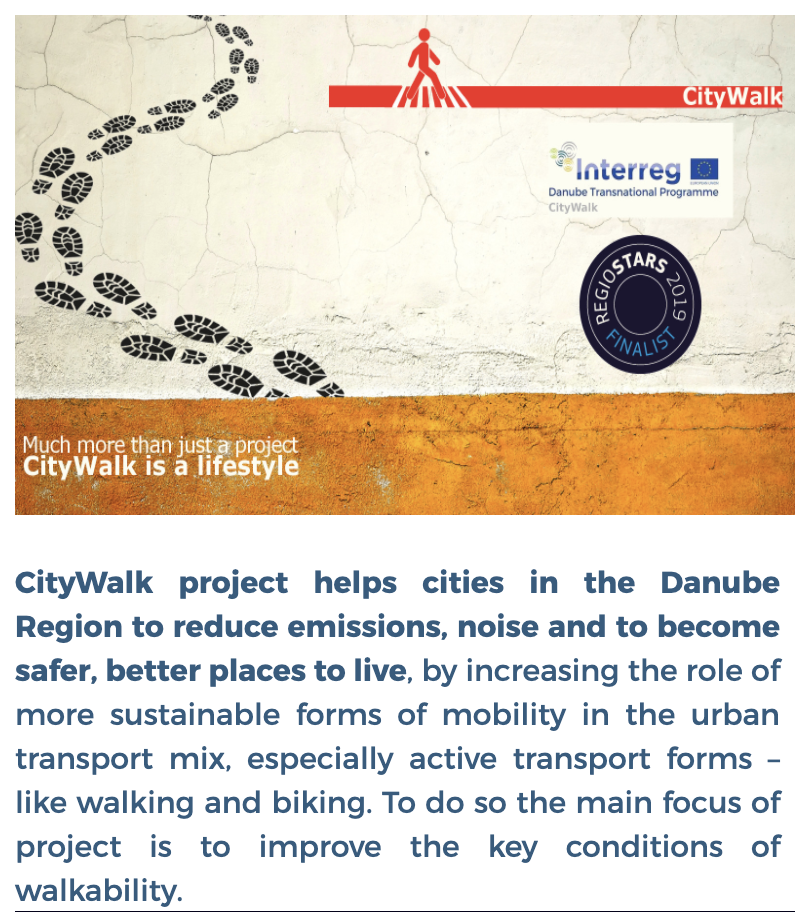
Pedestrian Space: CityWalk as a project was about establishing walkable cities in the Danube region. Can you share how the project was conceived as well as which cities participated and why?
Danilo Čeh: The emphasis of the project was on improving conditions for pedestrians to make cities more liveable, safer and healthier places. We have done a lot of things and we didn’t try to solve the challenges of urban transport in a traditional way, we focused on integrating the most environmentally friendly transport forms, with emphasis on walking, thus offering a human-centered solution.
Partners in the project:
- Scientific Research centre Bistra Ptuj Slovenia-Representing pilot city Ptuj
- First Hungarian Responsible Innovation Association Hungary -knowledge provider
- Development Centre Of the Heart of Slovenia- Representing pilot city Kamnik
- Cassovia Life Sciences- Slovakia, Representing pilot city Žilina
- City municipality Varaždin – Croatia – pilot city
- Municipality of Oradea -Romania- pilot city
- Varna Free University “Chernorizets Hrabar”- Bulgaria-Knowledge provider
- Regional Development Agency of the Pilsen Region–Czech Republic—Representing pilot city Štibro
- Municipality of Weiz-Austria- pilot city
- Varna Municipality- Bulgaria- pilot city
- Municipality of Nyíregyháza- Hungary- pilot city
- City of Valjevo- Serbia- pilot city
- Chamber of Commerce and industry of Serbia– knowledge provider
“As a result of our commitment, hard work and true belief in the CityWalk project, we managed to win two awards: RegioStar Public Choice Award and Styrian Mobility Award. Furthermore, the fruit of the project is lots of new friendships, and a healthier lifestyle, which is run by our staff and our community.”
Dr. Lukovics Miklós
Pedestrian Space: The tagline for the CityWalk project is “Much more than just a project, CityWalk is a lifestyle.” Can you share more about this dimension of the project as connecting to a lifestyle?
Dr. Lukovics Miklós: This statement is true for many reasons. One of them is that although CityWalk started as a project, even in its initial phase all the people involved in implementation had a strong commitment towards the topic. We didn’t see the work as something that only has to be done, but we grew a personal attachment to the project. Apart from the aforementioned aspect, we try to spread the word about the project as much as we can to ensure awareness raising among the wider public. Therefore, we run several successful promotion and dissemination campaigns, such as DTP photo competition 2018 or Jane’s Walks. As a result of our commitment, hard work and true belief in the CityWalk project, we managed to win two awards: RegioStar Public Choice Award and Styrian Mobility Award. Furthermore, the fruit of the project is lots of new friendships, and a healthier lifestyle, which is run by our staff and our community.
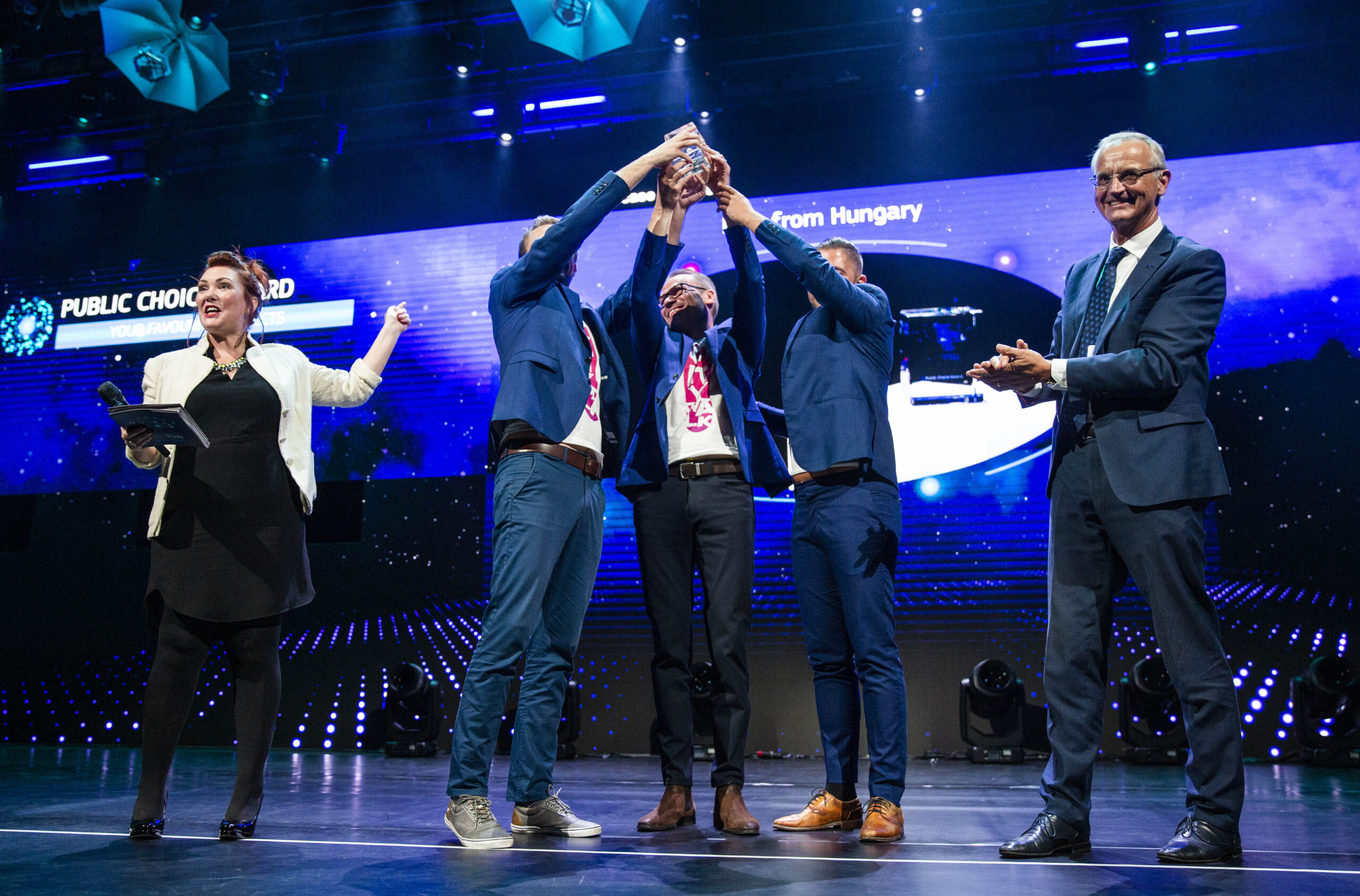
“The emphasis of the project was on improving conditions for pedestrians to make cities more liveable, safer and healthier places. We have done a lot of things and we didn’t try to solve the challenges of urban transport in a traditional way, we focused on integrating the most environmentally friendly transport forms, with emphasis on walking, thus offering a human-centered solution.”
Danilo Čeh
Kézy Béla: In addition to what Miki shared, I will note that already at our first partner meeting, we made it more personal than just an average project by challenging representatives of partner cities to make personal commitments linked to sustainable mobility and healthy lifestyle. Some were more general, but some others were actually quite specific. And while some of the goals set have not been met, many people made significant contributions towards walkability on a personal level, some of them even on community level.
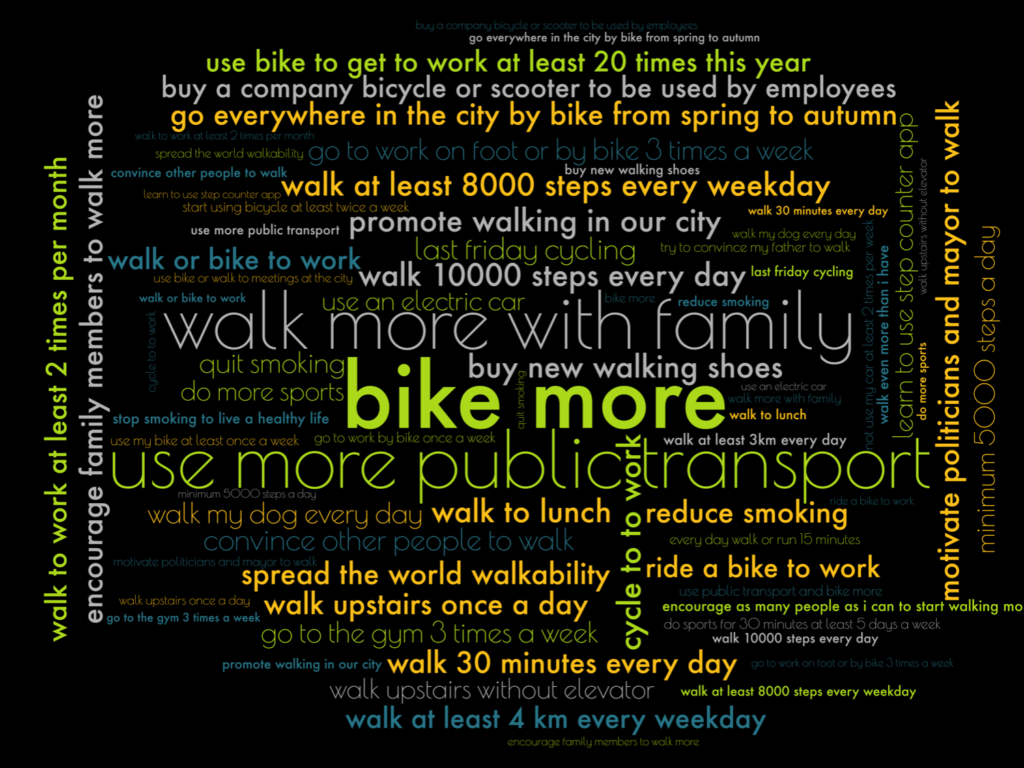
Pedestrian Space: As the project site describes, “Although the emphasis is on walking, the proposed project addresses the challenge with a holistic approach – improving urban mobility through efficiently combining various means of transport.” Can you reflect on how the project accomplished introducing this holistic approach in the various cities?
Kézy Béla: One of the tools partner cities learned to apply was walkability planning. By using participative methods, cities prepared their walkability strategy – an overall strategy aimed at improving the key conditions of walkability AND making people walk more. However, the underlying approach was to consider walking only as one – albeit very important and beneficial – way of urban mobility. So instead of planning exclusively for walkability, the partner cities did their best to design the conditions for moving people around in an efficient and climate-friendly way by combining walking, cycling, public transport – and even cars at times. In addition to the walkability strategies, the partner cities also prepared neighbourhood level walkability plans. These plans recommended very practical interventions to make specific streets more pedestrian-friendly.
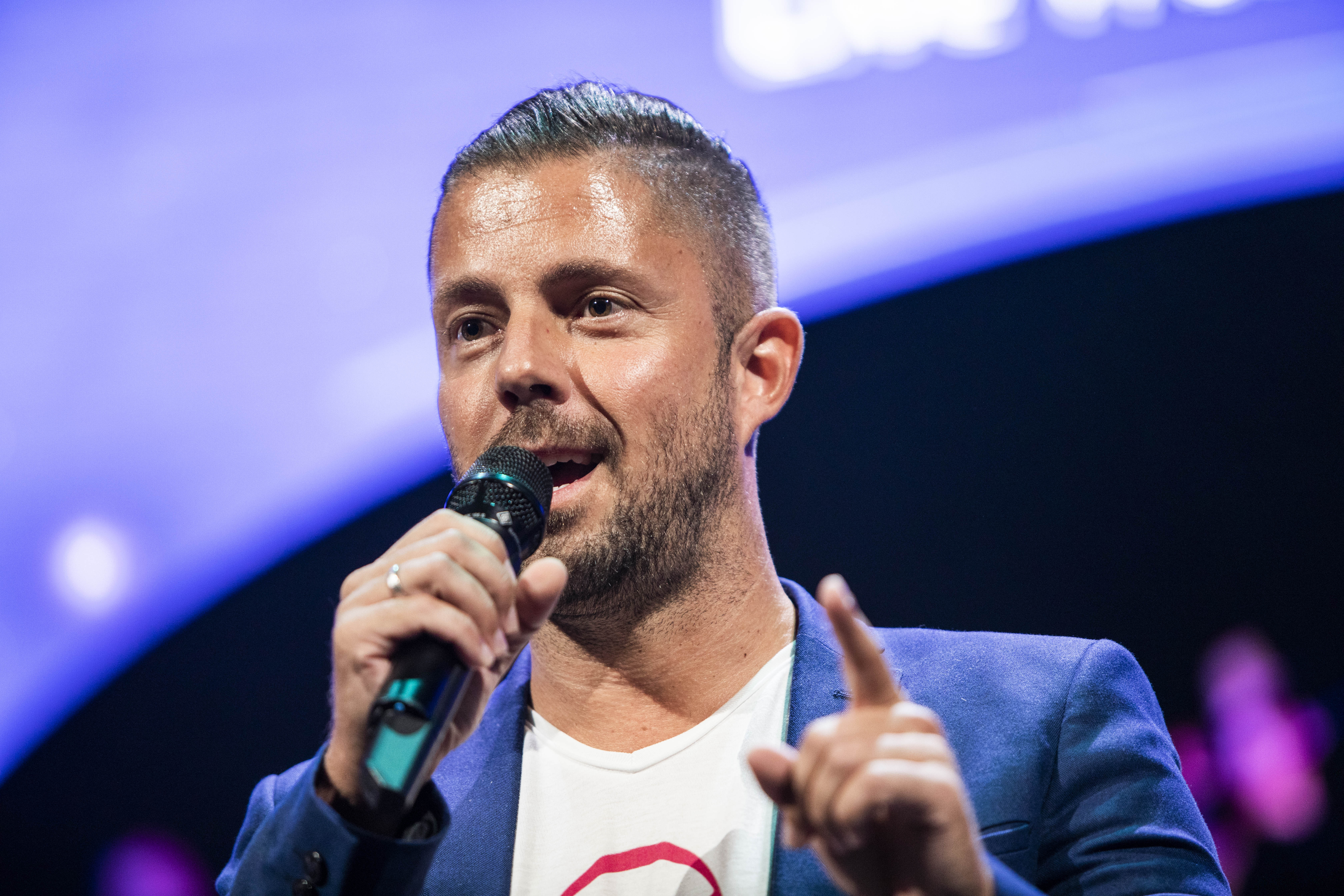
Pedestrian Space: Part of the project was also aimed towards development of a toolkit (including a walkability guide, index and online tool). Can you share about the development of this toolkit and the reception of the public?
Dr. Lukovics Miklós: The toolkit was one of the most important outputs of the CityWalk project that included a Walkability guide, an Index measuring the level of walkability and an Online walkability tool. The Walkability guide provides justification for and benefits of sustainable urban mobility, specific ideas, and solutions that can be used by cities.
As a practical tool, it can be used by any interested city to support local awareness raising, quickly adapt and apply tested good practices. It can be downloaded from here. The walkability index is a tool for quantifying and measuring the level of walkability in a given neighborhood. With the support of this tool, cities can identify obstacles and necessary actions, and measure progress (also comparisons within the city and with other cities).
A smartphone app has been developed for both iOS and Android users (because of technical reasons, it is currently not avaliable, but see the ppt linked below its functions). It was created as a tool to, among other things, enable walkability assessment using smart phones and with the goal of increasing the number of people choosing walking over the use of motorized vehicles by making walking more fun.
The app is based on a traditional pedometer (the app requires Google Fit app to count the steps) and supplements it with various exciting functions – awards based on the number of steps, funny photos, calories calculator, augmented reality, and city walkability evaluation survey. The aim of the app is to promote walking, healthy lifestyle and happiness. We put a high emphasis on the promotion of this application through various methods (influencer campaigns, competitions, thematic walking tours, social media) which resulted in hundreds of downloads – which is very significant compared to similar apps. So we can conclude that the positive reception of the public exceeded our expectations.
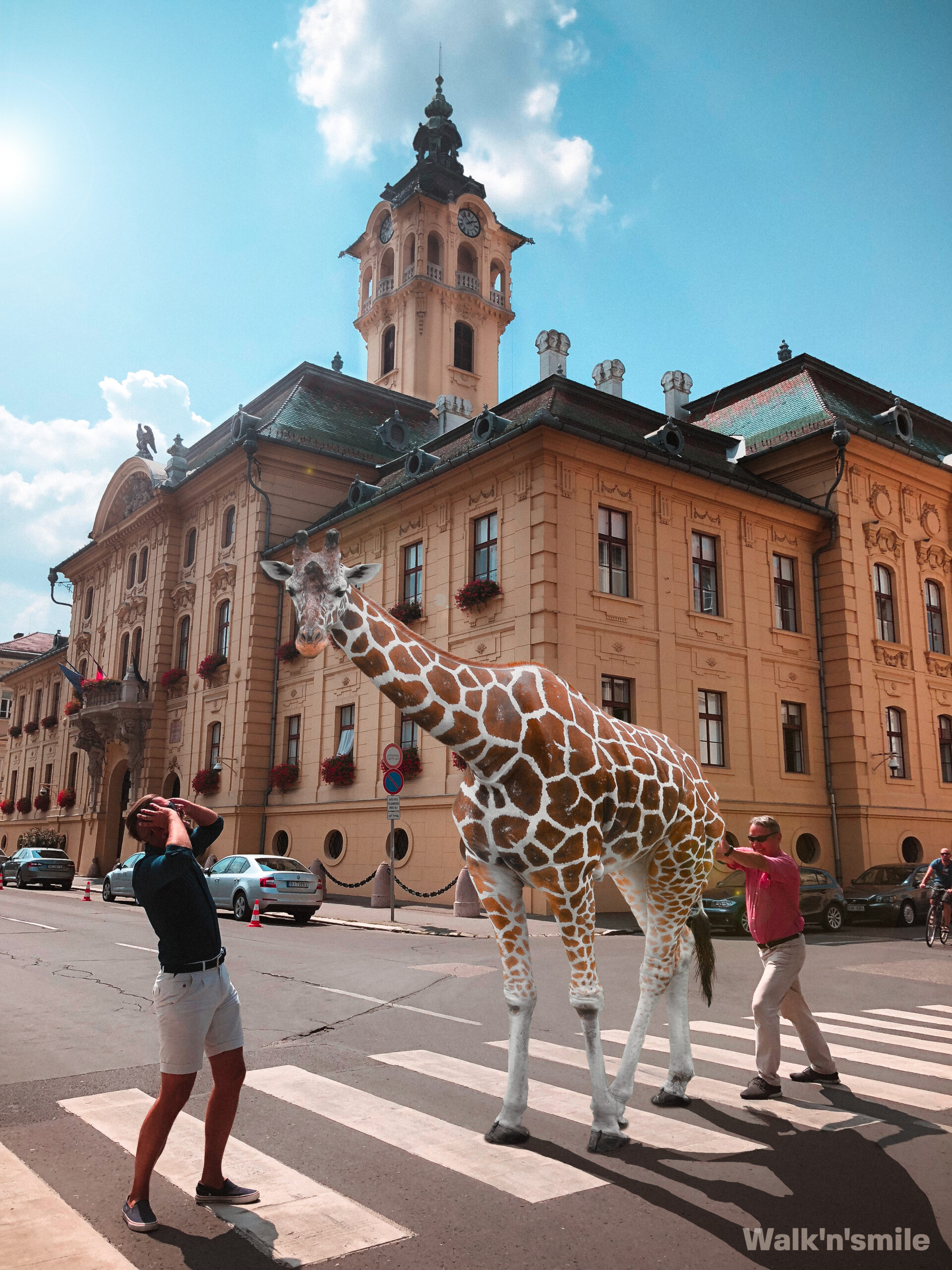
“The aim of the app is to promote walking, healthy lifestyle and happiness. We put a high emphasis on the promotion of this application through various methods (influencer campaigns, competitions, thematic walking tours, social media) which resulted in hundreds of downloads – which is very significant compared to similar apps. So we can conclude that the positive reception of the public exceeded our expectations.”
Dr. Lukovics Miklós
Pedestrian Space: A part of the project was also the design of 8 walkability plans and delivery of 8 pilot actions. Can you share more about these plans and pilot actions?
Danilo Čeh: Walkability Plans of partner cities (previously not present in the region) identify steps to improve walkability. Most interventions have every prospect of implementation, thus significantly improving walkability in the concerned cities already in the medium term. Partner cities even implemented low-cost pilot interventions, resulting in immediate improvement of walkability. A detailed guide and training course on walkability planning together with a practical walkability toolkit (including a walkability guide, a good practice catalogue, a walkability index) enable interested cities in the Danube Region and beyond to improve walkability.
Partner cities are running small-scale pilot actions to improve walkability. To help them bring their plans to fruition, the project team developed a ‘walkability toolkit’. The toolkit is being test-driven and fine-tuned through the pilots and includes a specially designed walkability index which can be used to measure how pedestrian-friendly different urban neighbourhoods are. Online resources allow the cities to share good practice and solve common problems.
Upon completion of the pilot actions and delivery of walkability plans, the cities develop concrete policy proposals to make changes tailored to their needs and environment. Although the emphasis is on walking, the project addresses issues through a holistic approach to improve urban mobility by efficiently combining various means of transport – both public and private.
Changes that encourage and promote walking could include investment in infrastructure, for example by changing street designs to prioritise the pedestrian over the car. Meanwhile ‘soft’ interventions have been examined to encourage people to leave the car at home, such as awareness-raising schemes that promote walking and its health benefits. In addition, policy interventions and changes to local regulations could be used to bring about new speed limits, alter parking laws, promote pedestrian-friendly road designs or improve public transport.
The cities taking part in the project are:
- Kamnik and Ptuj in Slovenia
- Nyíregyháza, Hungary
- Oradea, Romania
- Stribro, Czech Republic
- Valjevo, Serbia
- Varazdin, Croatia
- Varna, Bulgaria
- Weiz, Austria
- Zilina, Slovakia
“Upon completion of the pilot actions and delivery of walkability plans, the cities develop concrete policy proposals to make changes tailored to their needs and environment. Although the emphasis is on walking, the project addresses issues through a holistic approach to improve urban mobility by efficiently combining various means of transport – both public and private.”
Danilo Čeh

Kézy Béla: Well, partners actually delivered more than 8 pilot actions – most partners decided to use their pilot action budget to implement various low-cost, small interventions locally to promote or improve walkability. Instead of listing all these actions, let us just give you some examples.
In Oradea, Romania, the design of a new pedestrian zone has been prepared – this zone is now being implemented by using EU funds. In Weiz, Austria, pedestrian information tables have been installed in the city and a pedestrian counting device has been placed to better understand pedestrian movements.
In Varazdin, Serbia, led signals have been installed next to a dangerous pedestrian crossing to reduce the risks of accidents.
In Nyíregyháza, Hungary, simple information signposts have been placed at different points of the city to indicate the distance of various important destinations. However, instead of emphasizing the distance in km, these signposts indicate the time it takes to walk and bike to these destinations, as well as the CO2 emission saved, calories burned and money saved by walking or cycling instead of using a car.
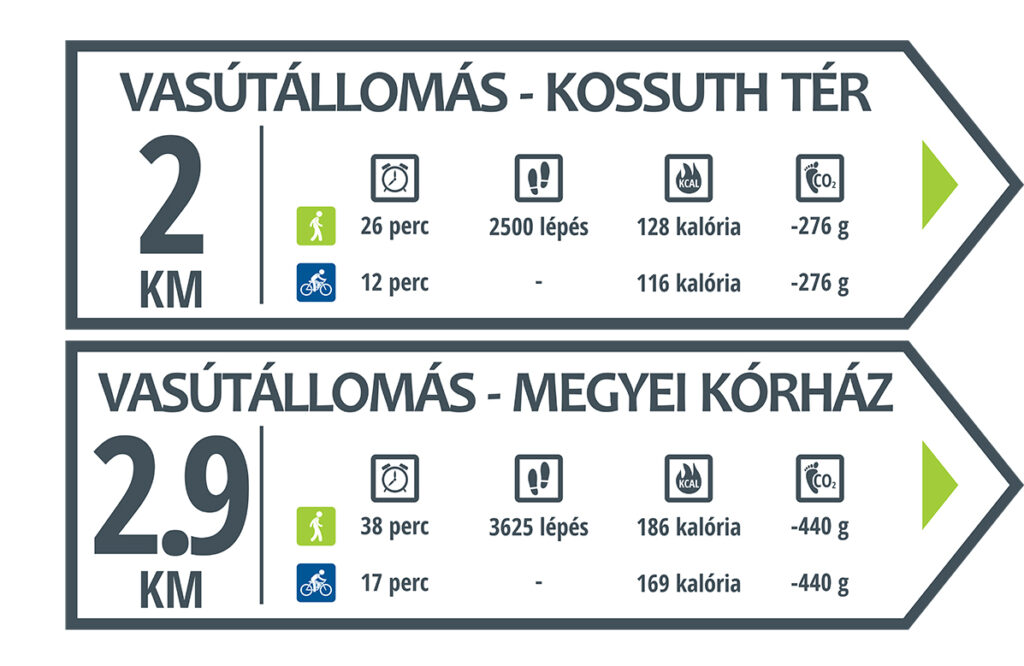
Pedestrian Space: CityWalk implemented walkability plans in all the participating cities and this was also the first instance of walkability plans in all of these countries which is quite exciting. How do you view the present and future of sustainable mobility in this cities changing as a result of participation in CityWalk?
Kézy Béla: To achieve major changes on the city level – just like changing local mobility systems and the mobility behaviour of residents – requires continuous effort and commitment. CityWalk is just one project, but it was quite successful in putting walkability on the local agenda in the participating cities. Local decision-makers and politicians heard about the long-term benefits of pedestrian-friendly investments, residents became part of a dialogue about making the city more pedestrian-friendly, and walkability plans are now in place – so most of the basic conditions are there in all partner cities. All those are very important, but apparently not sufficien. To achieve lasting change you need other ingredients as well. Most importantly, you need committed people – changemakers in every city, who have not just the intention but also the power to influence local policy, strategy and development projects. In most Central-Eastern European cities high-level leaders – the mayor, vice-mayors or council members – have that kind of power and impact. So, you definitely need to find, “educate” and convince these changemakers – or walkability champions as I like to call them. Also, we are dealing here with convincing people to change their behaviour, give up some individual comfort in exchange for a clear common good (and, by the way, for long-term individual benefits like better health). And changing behaviour is extremely hard – and time consuming. So, CityWalk has achieved quite a lot – but there’s still a lot to do, and we now know from experience where to put our focus if there is a CityWalk2 in the future.

“You need committed people – changemakers in every city, who have not just the intention but also the power to influence local policy, strategy and development projects. In most Central-Eastern European cities, high-level leaders (the mayor, vice-mayors or council members) have that kind of power and impact. So, you definitely need to find, “educate” and convince these changemakers – or walkability champions as I like to call them.”
Kézy Béla
Pedestrian Space: I understand several of the project members continue to work with walkability issues. Can you share anything about current projects or issues you are working on in your respective cities?
Kézy Béla: We are sure that various interventions linked to walkability or sustainable urban mobility are under way in most partner cities – but to tell the truth, the exchange of knowledge and experience has been quite scarce among partners since the end of the project- one of the disadvantages of the project-based approach.
Pedestrian Space: Plans for CityWalk 2 are in motion, correct? Is there anything you can share about its development of CityWalk2?
Kézy Béla: Well, as we have previously indicated, there’s still a lot to do – and we now know from experience some of the challenges we definitely need to address. Identifying and “raising” walkability champions in the local communities and using creative approaches like gamification to trigger behavioural changes are just two of the areas we are looking into. That said, CityWalk2 is very much in the ideation phase, so it is too early to talk about details. What is promising, though, is that sustainable urban mobility is high on the agenda of European grant programmes, so we are quite sure we will find the necessary funding for CityWalk2. And that’s good news, because we are very much committed to making our cities more walkable, better places.
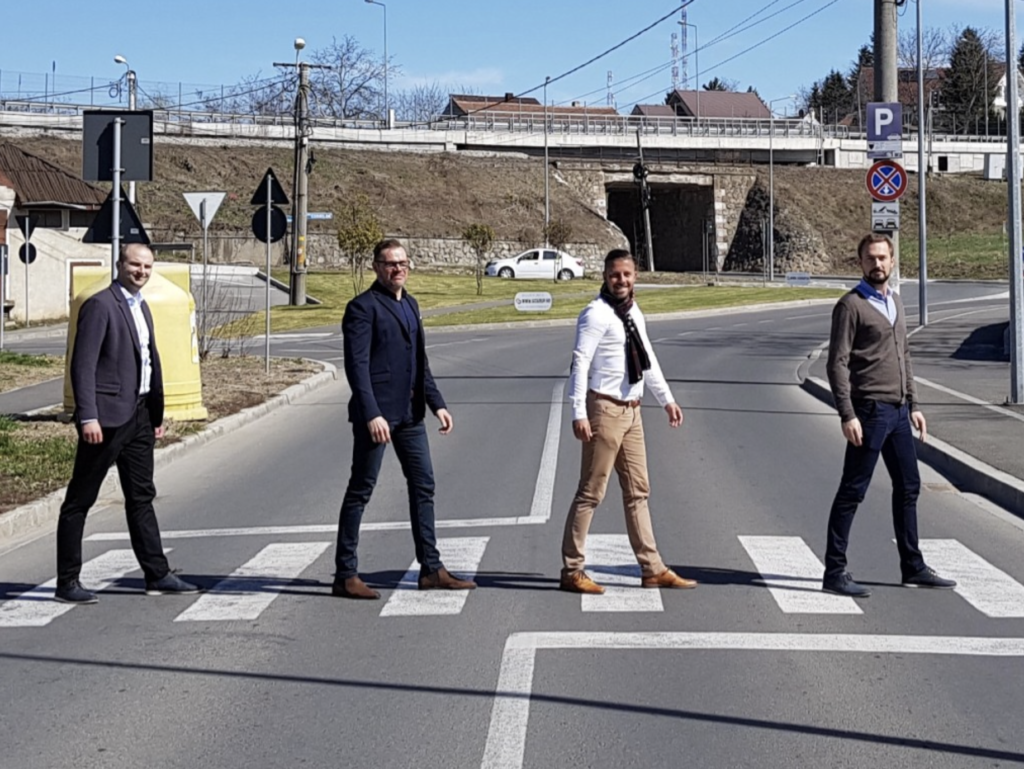
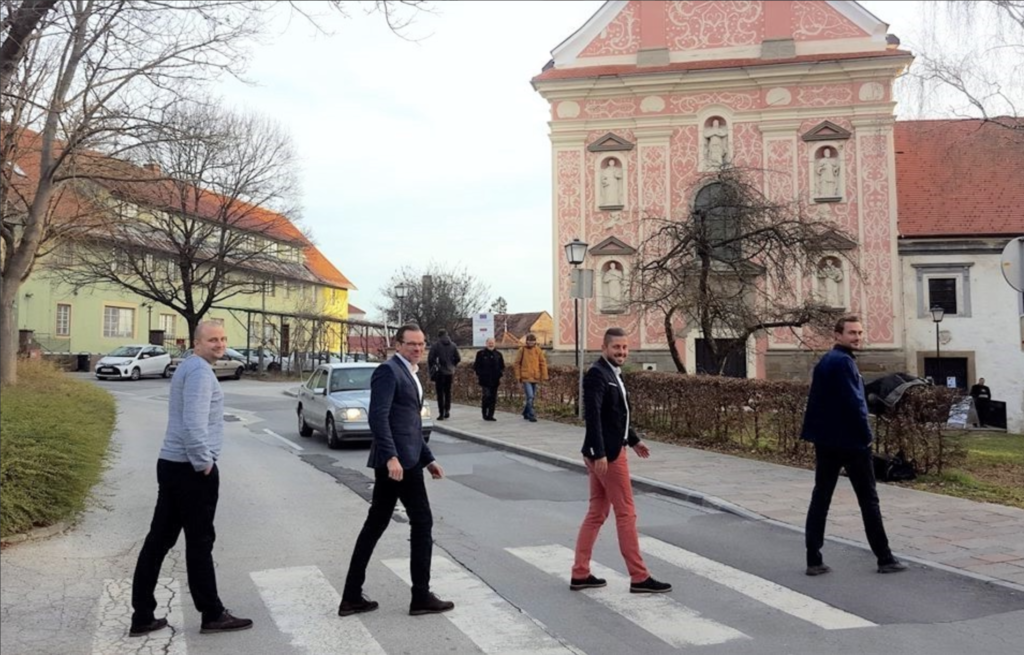
Thank you for your time Danilo, Miki and Béla! We wish CityWalk2 great development and success moving forward and look forward to featuring more of walkable Danube region cities!
Visit CityWalk online: http://www.interreg-danube.eu/approved-projects/citywalk
